Wind River Range, WY
Cal and I climbed the Cirque of the Towers traverse this August. Wolf’s Head alone is a grade IV — supposed to take a full day — and that’s only about 1/4 of the traverse. There is a lot of climbing, but most of it is very easy, 5.6 or less. To do all of this climbing in a reasonable time frame a party needs to either free solo or simulclimb, a speed tactic where both the leader and follower are climbing at the same time with a shortened rope and protection always between them. Much of the climbing on the traverse is horizontal along ridge crests, including the hardest 5.8 section. This kind of climbing is unique in that you are often hand-traversing with poor feet, swinging from one side of the mountain to another, or straight-up straddling the crest. You can always see down to the ground on both sides of the peak, doubling the exposure. Often, knife-edge traverses like this are physically very easy to climb but scary because of the added exposure and challenging protection.
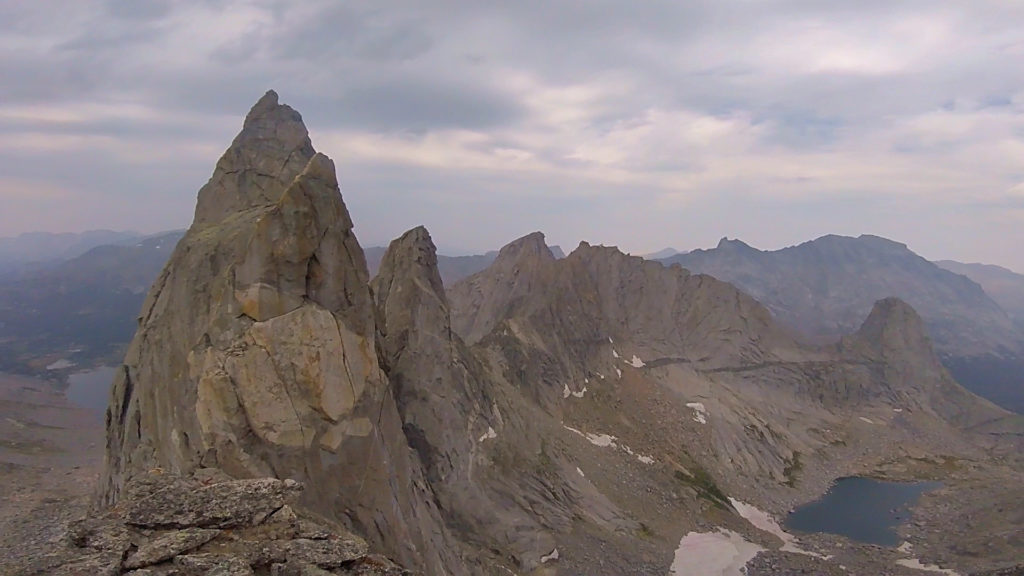
If the variation in the emotions you experience in day to day life is 0-5 — joy, fear, sadness, content, all the normal shit — then the variation in emotions you experience while simulclimbing a granite ridge-crest in a wilderness area with a thousand feet of exposure dropping off to either side and the rope flipping in the alpine breeze behind you, is higher. 0-10, maybe.
These emotions are all jumbled, and the moderation is gone. Joy and fear are mainlined at the same time, punching through your nervous system as you flex the tendons in the one hand holding your weight on the knife-ridge, feet smeared on nothing beneath you. It’s an odd, and potent, combination: nothing else in the world exists besides the twist of fear in your gut and the pure joy of muscles pulling so high above the ground.
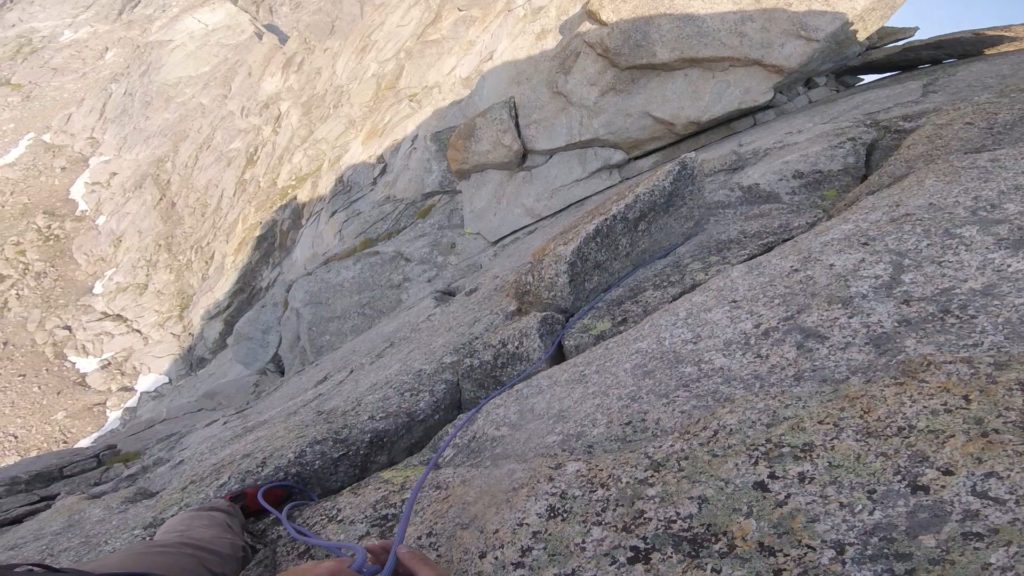
Floating outside your consciousness is the simple understanding that if the tendons and muscles in that one hand fail you will swing and smack a hundred feet below, regardless of the rope tied to your harness. But also there is the simple understanding that the tendons and muscles in that one hand won’t fail. The climbing is easy and you just know that in that exact moment, that hand just won’t come off.
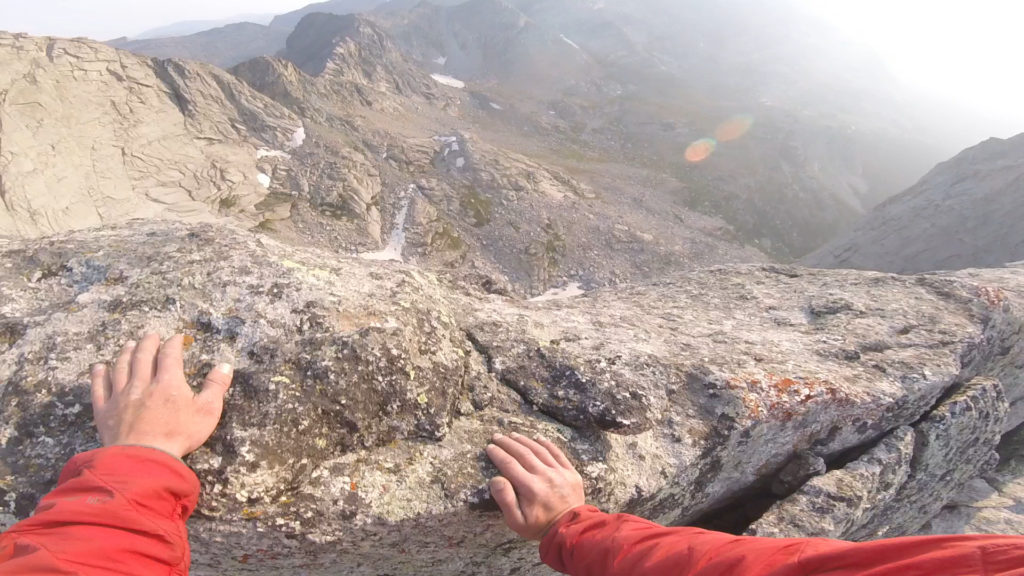
This knowledge isn’t coming from a sense of invincibility or delusion, but a sharp and clear rationality born from extreme stress. You know that without any doubt that given your body position and the forces at play, that you will not fall. And you move from one of these positions to the next, testing and confirming that each new hand or foot feels this way before releasing the other.
This is pure joy, and pure fear.
Individually, each of the routes on the Cirque of the Towers Traverse is a novice alpine climber’s Big Day. The South Buttress of Pingora, the first summit and route of the Cirque Traverse, was one of my first true alpine climbs back in 2015. Then, it took nearly a full day for me to climb and descend Pingora — on the Cirque Traverse Cal and I simulclimbed from the base to the summit in 35 minutes, smoking across granite in full darkness after speed hiking the seven miles in from the trailhead at 2:00 in the morning.
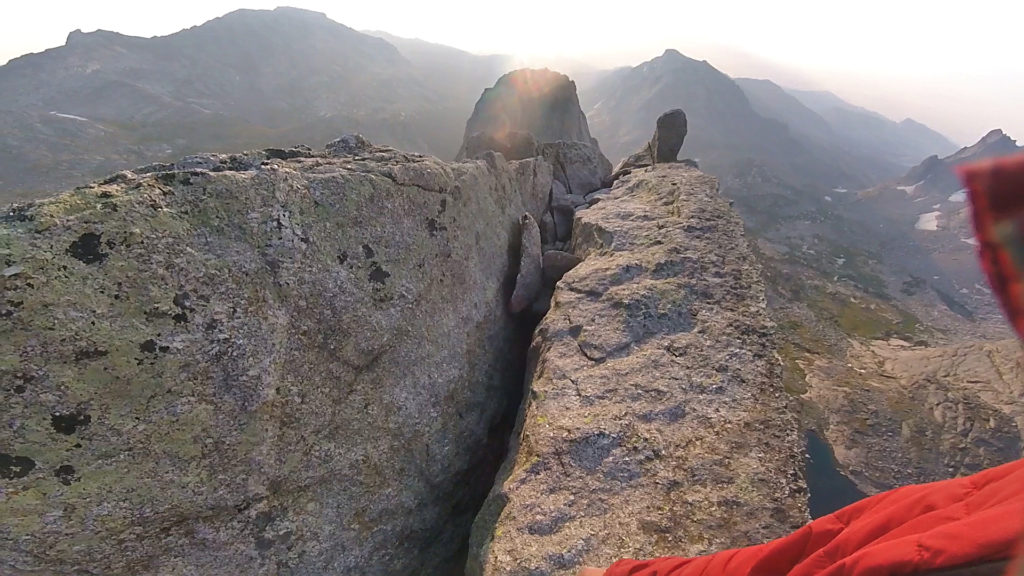
We picked our way through Gendarmes, balanced on slabs, and down climbed rappel stations on Wolf’s Head. We unroped and soloed Overhanging Tower, roped back up and burned to the summit of Shark’s Nose. Climbing became a blur — reach, grab, step, flick the rope, reach, grab, step. It was broken only by the exposed, free-hanging rappels to the next peak. Cal and I were synced up and dialed in, anticipating each others moves.
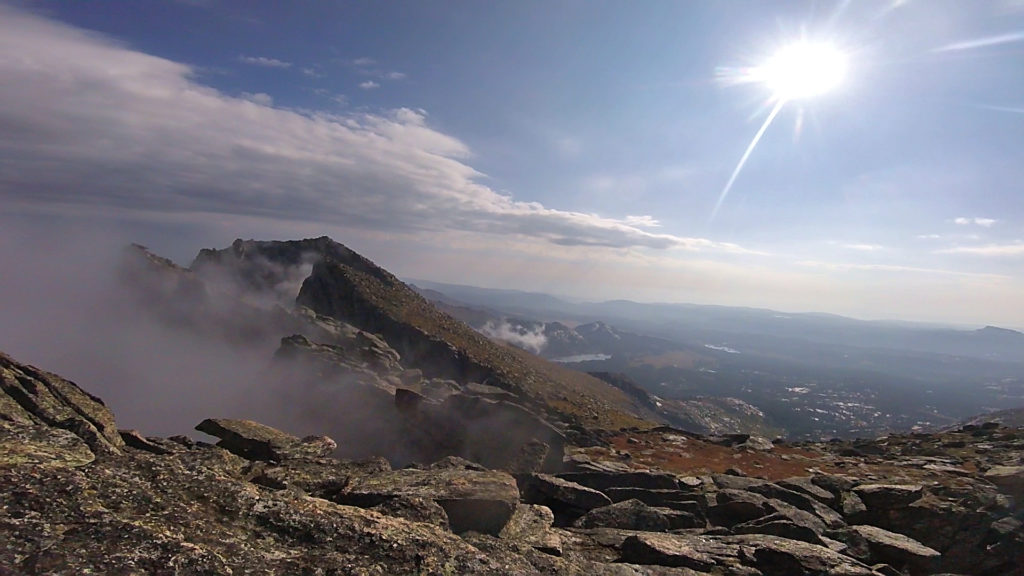
Suddenly the rope was floating through the air after pulling our last rappel from Block Tower and the last rappel of the Traverse. The rope hit the ground and we looked at each other with relief — and then it started raining. The last handful of summits on the traverse were scrambles. Easy and fast. By the time we escaped the col behind Block Tower, it was hailing. By the time we emerged on the ridge we were quite literally inside an electrical cloud. Massive rolls of thunder rent the air and flashes lit the world around us.
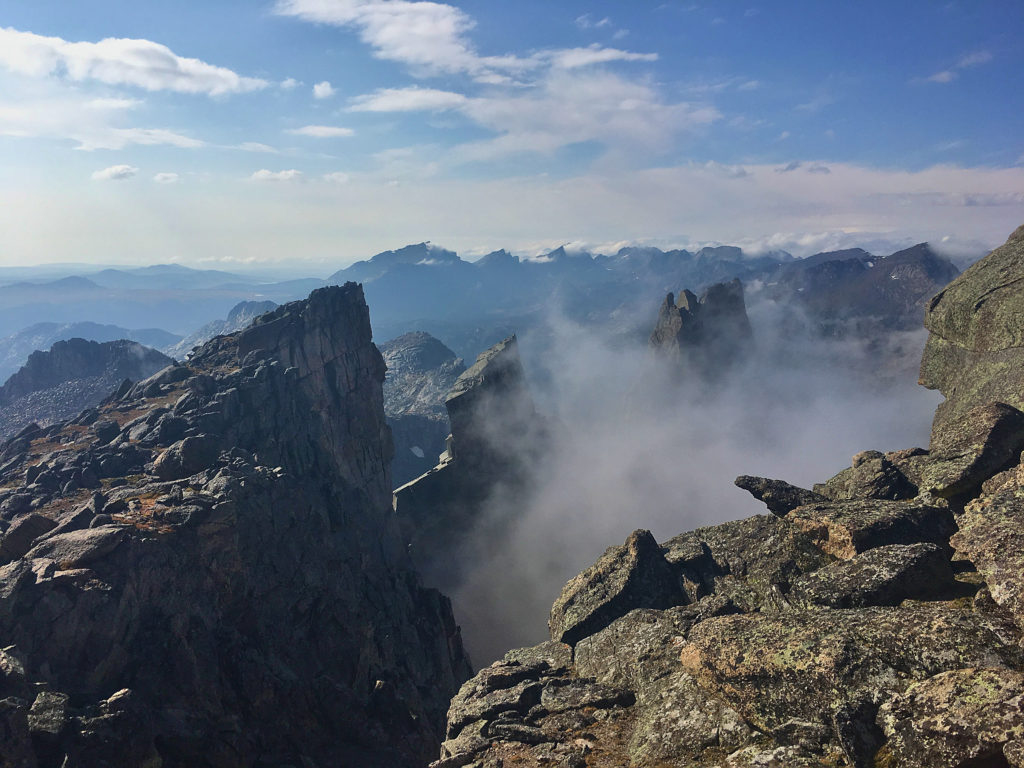
We sprinted to a large boulder and dove down into a crevice beneath it, semi-sheltered from the sideways hail and storm cloud cloaking us. We huddled beneath the boulder for hours, waiting for the storm to pass. Nonchalance is a valuable trait in a climbing partner and is something Cal and I both have. We yelled over the din of thunder, laughing about how well everything had been going — we were *cruising* — and then we get to the easy finish and get smacked.
Eventually the summer storm burned out and we returned to the race with the ridgeline. The weather held for two more summits before blackness and thunder returned and we reluctantly bid farewell to a complete Cirque Traverse, peeling off of the thundery ridge back towards Big Sandy. Lightning struck in the distance, a downpour began and the fatigue and stress of the long day grabbed ahold of us.
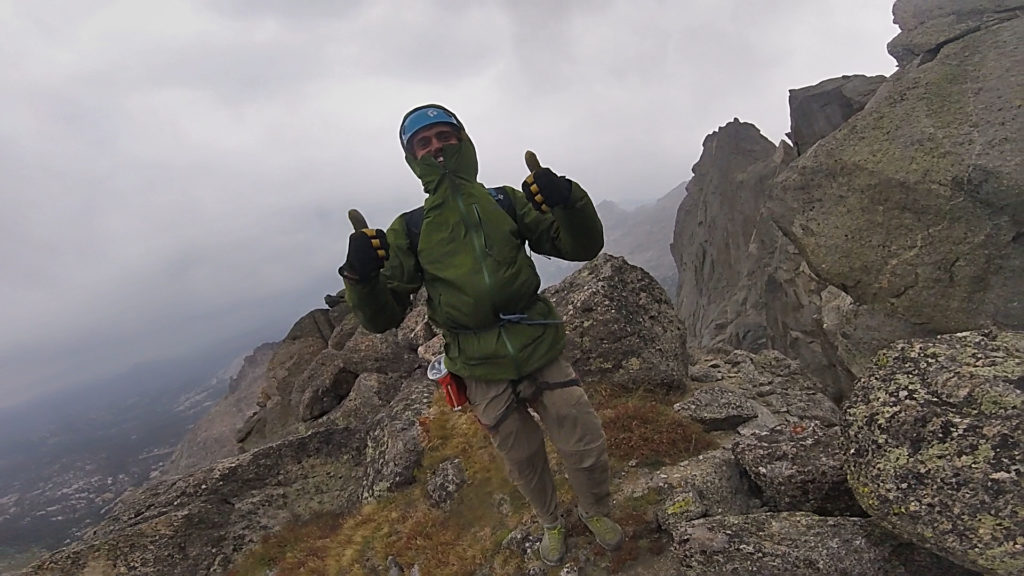
By the 20th mile, the idea of falling asleep while hiking started to feel less ridiculous. Eventually, we made it back to Cal’s van and ate celebratory liquified ice cream. Our incomplete Cirque Traverse had taken twenty-one hours of continual hard movement over several miles of fifth-class climbing, endless scrambling and rappelling, and twenty-plus miles of hiking. I slept in the dirt between two parked cars, too tired even to walk into the woods. I woke up to the morning sun silhouetting two middleaged hikers standing over me, whispering. As always, it feels impossible to translate the experience I’ve just had to people I would call ‘normal.’ I want to scream at them, tell them everything that just happened.
But I didn’t. I smiled, rolled over in the dirt, and fell back asleep.